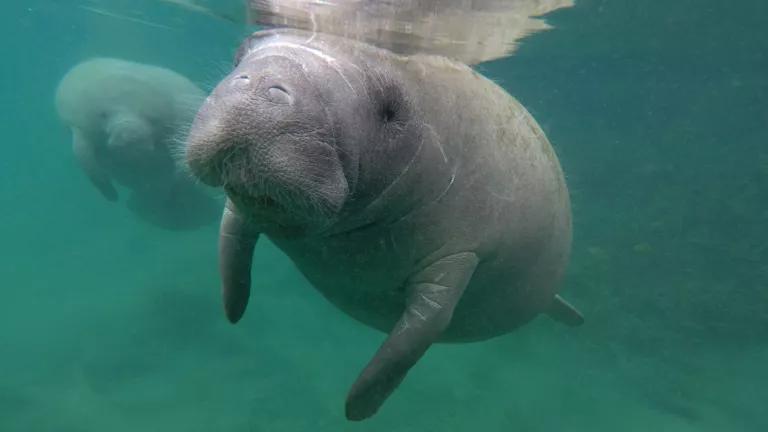A Ban on U.S. Trade in Live Wild Birds and Mammals Could Reduce Pandemic Risk
We’ve reached a point where simply reacting to a pandemic after it hits isn’t an option.

A sloth at an exotic animal and wildlife rescue center in Marshall, North Carolina
NRDC and the Center for Biological Diversity (CBD) sent petitions to the U.S. Fish & Wildlife Service (FWS) and the Centers for Disease Control and Prevention (CDC) asking them to ban all U.S. imports and exports of live wild mammals and birds to help prevent future zoonotic pandemics, like COVID-19. The petition to FWS also asks the agency to carefully track wildlife trade by implementing a complete traceability regimen.
The United States is one of the world’s top importers of wildlife, occupying about 20 percent of the global wildlife market. On average between 2000 and 2012, the United States imported 225 million live animals, many of which go to the pet and aquarium industries—a number that only seems to be growing larger. Some of the live birds and mammals most commonly imported into the United States include chinchillas, monkeys and other primates, sugar gliders, canaries, and sloths.
Not only is this wrong from a biodiversity standpoint (this report found that irresponsible exploitation of species is one reason that a million species face extinction absent “transformative change”), but it also leaves us vulnerable to future zoonotic pandemics—like COVID-19—that jump from wildlife to people.
Zoonotic pandemics have plagued us for centuries—some more recent examples being HIV, Ebola, avian and swine flu, SARS—and are expected to become far more common. Some scientists have even deemed this “the era of pandemics,” explaining that “pandemics will emerge more often, spread more rapidly, kill more people, and affect the global economy with more devastating impact than ever before.”
We’ve reached a point where simply reacting to a pandemic after it hits isn’t an option—especially since a disease harbored in a person or an animal can travel halfway around the globe in under 24 hours by plane. We must adopt a proactive approach to the root causes of zoonotic pandemics—first and foremost, our interactions with wildlife.
The bottom line is that humans are interacting with wildlife more often and in different ways than we have before, increasing the likelihood of zoonotic pandemics. Wildlife trade—which is a leading contender for the cause of COVID-19—is one of the most likely pathways for this to occur. Animals in the wildlife trade are captured in their habitats or bred in unsanitary conditions, forced into close quarters, placed near other species they may never come into contact with naturally in the wild, and subjected to stressful, unsanitary conditions that weaken immune systems and increase the likelihood that diseases will shed, spread, and mutate. As wildlife moves through the supply chain, direct contact occurs with numerous people, creating opportunities for zoonotic diseases to spill over to people.
Birds and mammals pose the greatest risk of disease spillover due to their genetic proximity to humans and have been the most common hosts of viruses, with the IPBES pandemics workshop report estimating that mammals host 320,000 different types of viruses. They’re also the most likely hosts of zoonotic diseases because of the frequency with which they are traded—legal and illegal wildlife trade is estimated to affect one in four mammal and bird species globally.
The horror with which COVID-19 has swept our planet combined with the ecosystem collapse that will result from massive biodiversity loss are overwhelming evidence that there is absolutely no need for the United States to continue importing wild birds and mammals. To help prevent future zoonotic pandemics and biodiversity loss, the United States must show the world that we have our house in order by banning imports of wild mammals and birds. Hopefully, other countries will follow suit.





